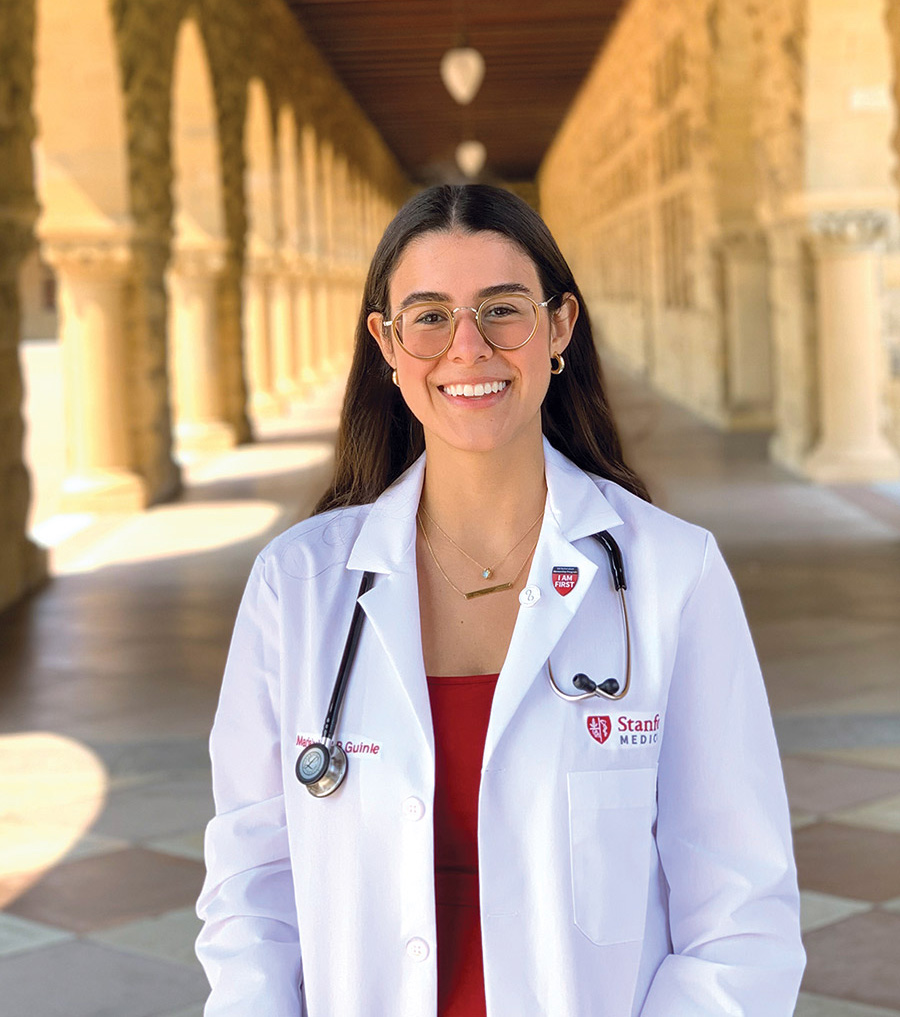Getting Into the Rhythm

I remember walking into Lang Performing Arts Center (LPAC) for the first time during my freshman year.
I had never danced before. I thought that an introductory ballet class would be the perfect way to check off a physical education requirement that was keeping me from taking some of my pre-med courses.
But what first felt like a chore soon became a passion. By the time I graduated, I had spent almost the same amount of time in LPAC as I did in Cornell Library or in the Science Center labs.
Learning to dance as an adult taught me invaluable lessons that I carry with me today as a doctor-in-training.
One of the most important lessons I learned from dancing was resilience: The concept of “falling and picking yourself back up” becomes significantly clearer when you find yourself literally on the ground. Sharing the stage with dancers who had many more years of experience showed me that if I am ever the most knowledgeable or experienced person in a room, I am in the wrong place.

During my first year at Stanford Medicine, the unabashed curiosity and unwavering persistence I had developed through dance allowed me to take risks that I would have otherwise avoided. My first year at Stanford felt a lot like my first year at Swat.
I approached my medical school classes as I did my first ballet lessons: learning to be comfortable in discomfort. As I pursue a profession that predicates a lifelong commitment to learning, I must continue to challenge my inherent fear of failure. Ballet has helped me approach failure as an opportunity for learning, and I owe much of this schema to Associate Professor and Chair of Dance and Program Coordinator for Comparative Literature Olivia Sabee and Dance Lecturer Chandra Moss-Thorne, who taught me much more than performance, history, and choreography.
I hope to continue to navigate medicine as I have navigated dance — resolute and unswerving in my commitment to growing.